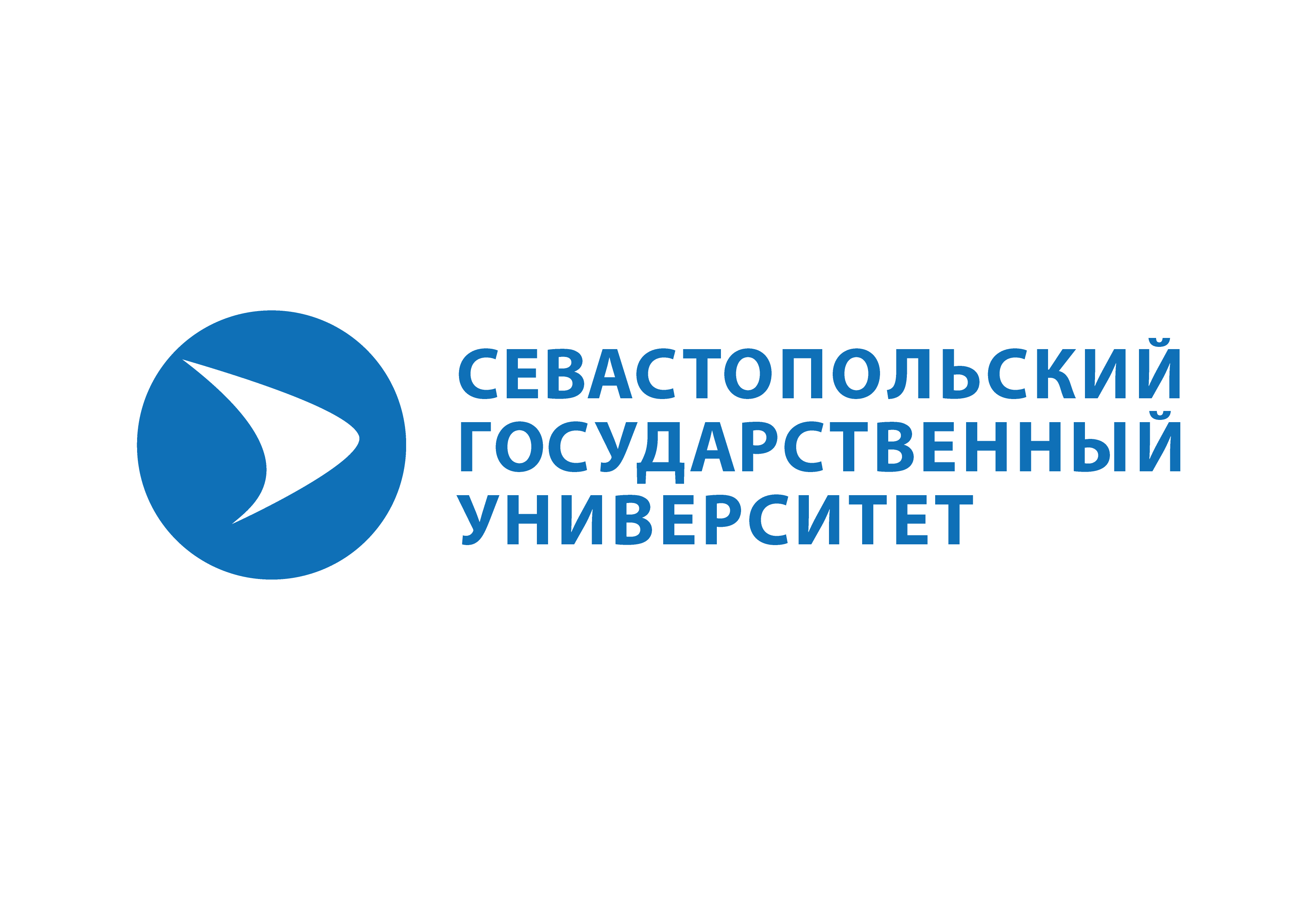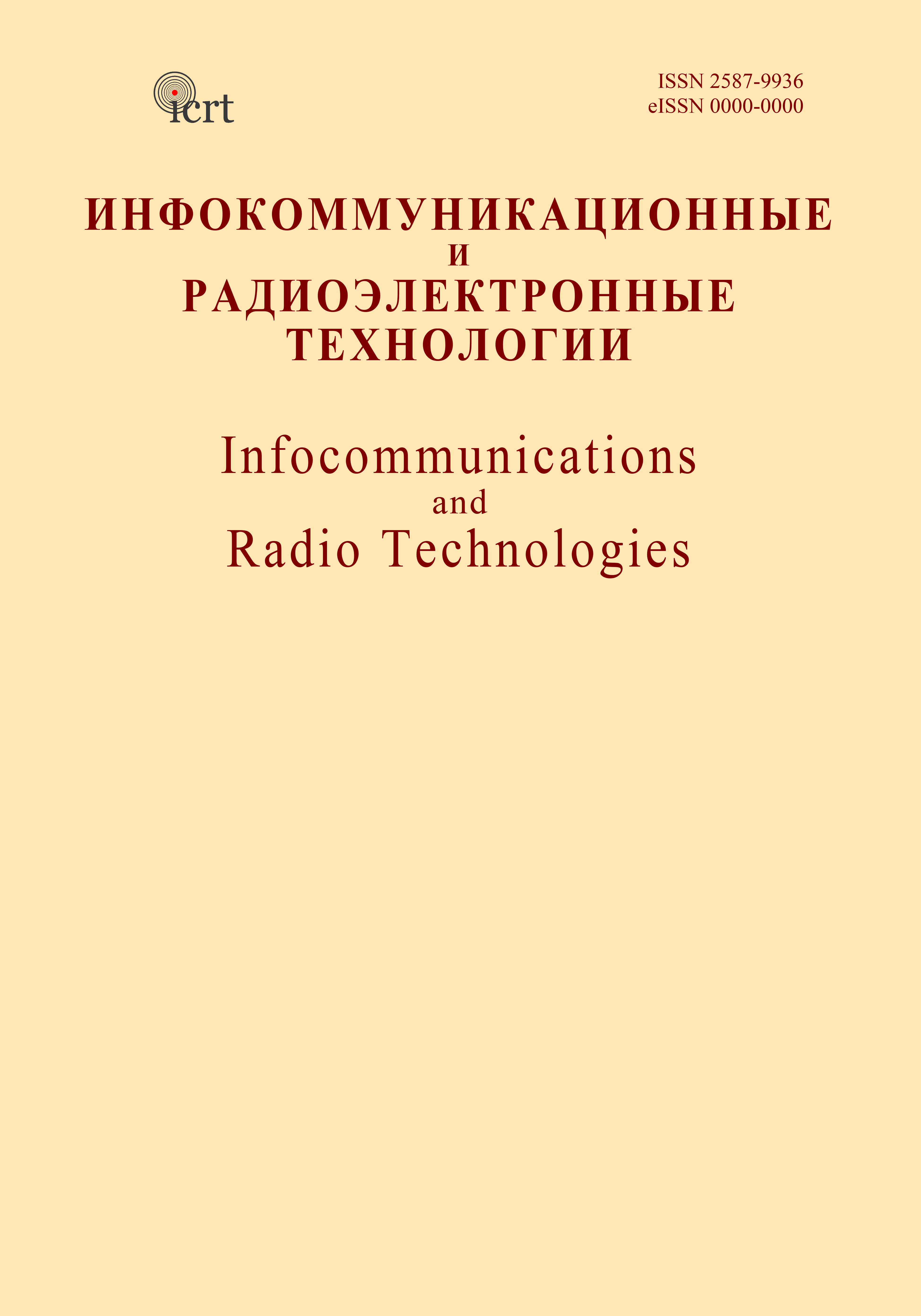Хорошо известно, что уравнения возбуждения волноводов Л. А. Вайнштейна основываются на возбуждении сторонними источниками тока электромагнитного поля в виде суммы ТЕ и ТМ собственных волн полого волновода, при этом поперечные компоненты образуют полный базис в классе поперечных векторов секции волновода. Тем не менее, в области источников возбуждения (продольный зонд, электронный пучок) волновод не является полым и в этой области возникает потенциальное поперечное электрическое поле. Поперечное электрическое поле дополняет структуру основных ТЕ и ТМ волн. Это не учитывается в традиционных уравнениях возбуждения. В настоящей работе произведена необходимая корректировка уравнений возбуждения в области источников.
теория волноводов Вайнштейна, уравнения возбуждения, электронный пучок
1. S. Ahmed and Li Er Ping, “Application of singular value decomposition on FDTD simulation result - a novel approach for modal analysis of complex electromagnetic problems,” IEEE Microw. Wirel. Components Lett., vol. 14, no. 11, pp. 519-521, Nov. 2004. doi:https://doi.org/10.1109/LMWC.2004.837066
2. V. A. Solntsev, “Beam-wave interaction in the passbands and stopbands of periodic slowwave systems,” IEEE Trans. Plasma Sci., vol. 43, no. 7, pp. 2114-2122, 2015. doi:https://doi.org/10.1109/TPS.2015.2440479
3. C. H. Cheng, C. H. Tsai, and T. L. Wu, “A novel time domain method to extract equivalent circuit model of patterned ground structures,” IEEE Microw. Wirel. Components Lett., vol. 20, no. 9, pp. 486-488, 2010.
4. J. Aguilera, M. J. Freire, R. Marques, and F. Medina, “Quasi-TEM model of magnetostaticsurface wave excitation in microstrip lines,” IEEE Microw. Wirel. Components Lett., vol. 14, no. 11, pp. 516-518, 2004. doi:https://doi.org/10.1109/LMWC.2004.837067
5. F. Mesa, C. Di Nallo, and D. R. Jackson, “The theory of surface-wave and space-wave leaky-mode excitation on microstrip lines,” IEEE Trans. Microw. Theory Tech., vol. 47, no. 2, pp. 207-215, 1999.
6. L. A. Vainshtein and V. A. Solntsev, Lektsii po sverkhvysokochastotnoi elektronike [Lectures on high-frequency electronics]. Moscow: Sov. radio, 1973. (In Russ.).
7. L. A. Vainshtein, Elektromagnitnye volny [Electromagnetic waves]. Moscow: Radio i svyaz, 1988. (In Russ.).
8. A. A. Kurayev, Sverkhvysokochastotnye pribory s periodicheskimi elektronnymi potokami [UHF devices with periodical electron beams]. Minsk: Nauka i tekhnika, 1971. (In Russ.).
9. A. A. Kurayev, T. L. Popkova, and A. O. Rak, “Excitation equations for the arbitrarilyirregular coaxial waveguide,” in 2011 IEEE International Vacuum Electronics Conference (IVEC), 2011, pp. 353-354.
10. A. A. Barybin, “Modal expansions and orthogonal complements in the theory of complex media waveguide excitation by external sources for isotropic, anisotropic, and bianisotropic media,” Prog. Electromagn. Res., vol. 19, pp. 241-300, 1998.
11. B. Z. Katsenelenbaum, M. Mercader del Río, L. Pereyaslavets, M. Sorolla Ayza, and M. Thumm, Theory of Nonuniform Waveguides: The Cross-Section Method. London: Inst. of Electrical Engineers, 1998.
12. A. A. Barybin, “Excitation theory for space-dispersive active media waveguides,” J. Phys. D. Appl. Phys., vol. 32, no. 16, pp. 2014-2028, 1999.
13. P. Bernardi, F. Andre, J.-F. David, A. Le Clair, and F. Doveil, “Control of the reflections at the terminations of a slowwave structure in the nonstationary discrete theory of excitation of a periodic waveguide,” IEEE Trans. Electron Devices, vol. 58, no. 11, pp. 4093-4097, 2011. doi:https://doi.org/10.1109/TED.2011.2163410
14. V. L. Bratman, A. A. Bogdashov, G. G. Denisov, M. Y. Glyavin, Y. K. Kalynov, A. G. Luchinin, V. N. Manuilov, V. E. Zapevalov, N. A. Zavolsky, and V. G. Zorin, “Gyrotron development for high power THz technologies in IAP RAS,” J. Infrared, Millimeter, Terahertz Waves, vol. 33, no. 7, pp. 715-723, 2012. doi:https://doi.org/10.1007/s10762-012-9898-6
15. C. Wu, K. A. Avramidis, M. Thumm, and J. Jelonnek, “An improved broadband boundary condition for the RF field in gyrotron interaction modeling,” IEEE Trans. Microw. Theory Tech., vol. 63, no. 8, pp. 2459-2467, 2015. doi:https://doi.org/10.1109/TMTT.2015.2433270
16. A. E. Hramov, V. V. Makarov, A. A. Koronovskii, S. A. Kurkin, M. B. Gaifullin, N. V. Alexeeva, K. N. Alekseev, M. T. Greenaway, T. M. Fromhold, A. Patanè, F. V. Kusmartsev, V. A. Maksimenko, O. I. Moskalenko, and A. G. Balanov, “Subterahertz chaos generation by coupling a superlattice to a linear resonator,” Phys. Rev. Lett., vol. 112, p. 116603, 2014. doihttps://doi.org/10.1103/PhysRevLett.112.116603
17. A. A. Kurayev, T. L. Popkova, and A. K. Sinitsin, Elektrodinamika i rasprostranenie radiovoln [Electrodynamics and wave propagation]. Minsk: Bestprint, 2004. (In Russ.).
18. S. V. Kolosov, A. A. Kurayev, and A. I. Shakirin, “Perspectives for increasing the power of mm-wave gyrotrons,” J. Commun. Technol. Electron., vol. 34, no. 3, pp. 562-570, 1989.
19. V. F. Kravchenko, A. A. Kurayev, V. I. Pustovoit, and A. K. Sinitsyn, “Nonlinear theory of relativistic Cherenkov generators based on irregular waveguides with allowance for finite wall conductance,” Dokl. Phys., vol. 52, no. 2, pp. 96-100, 2007. doi:https://doi.org/10.1134/S1028335807020061










